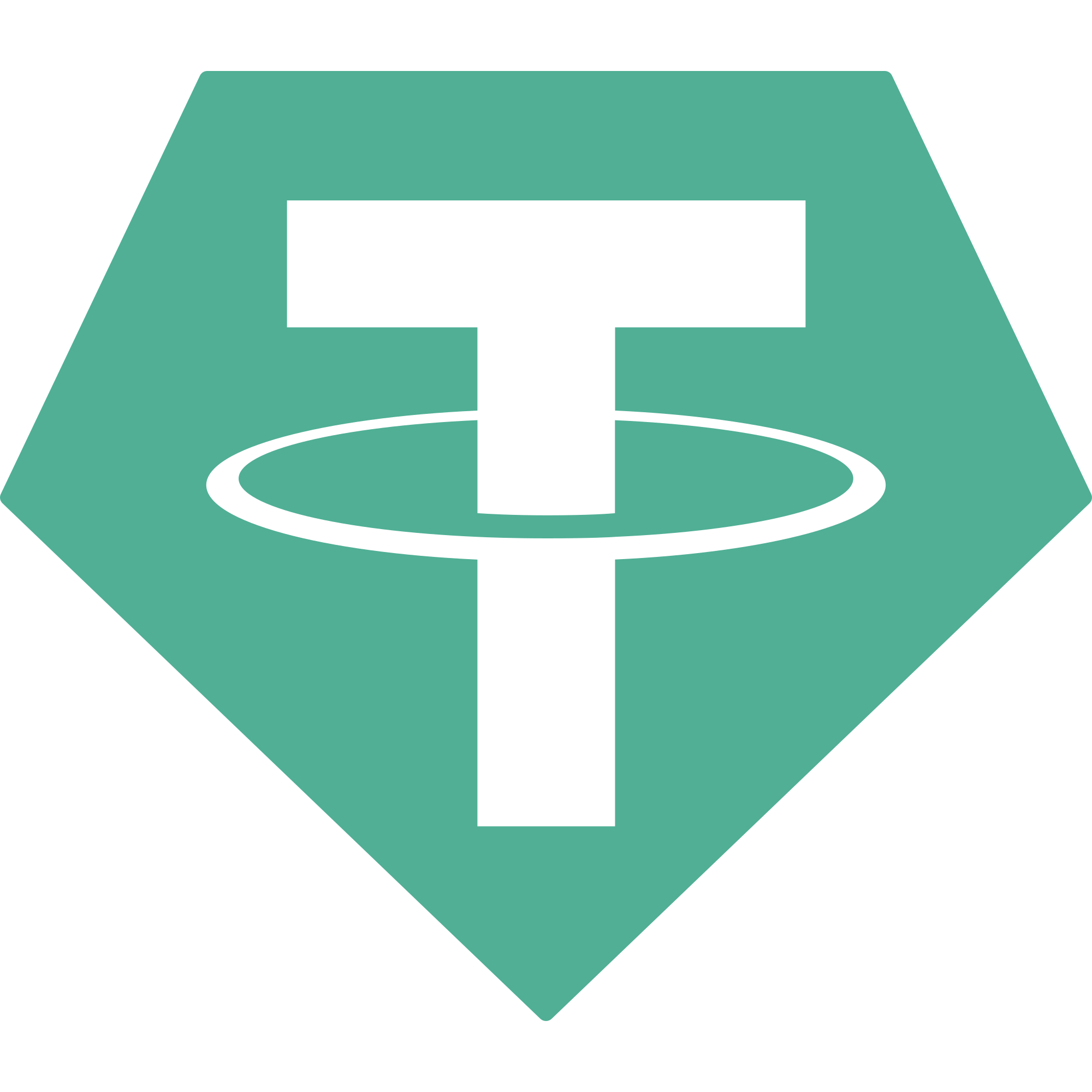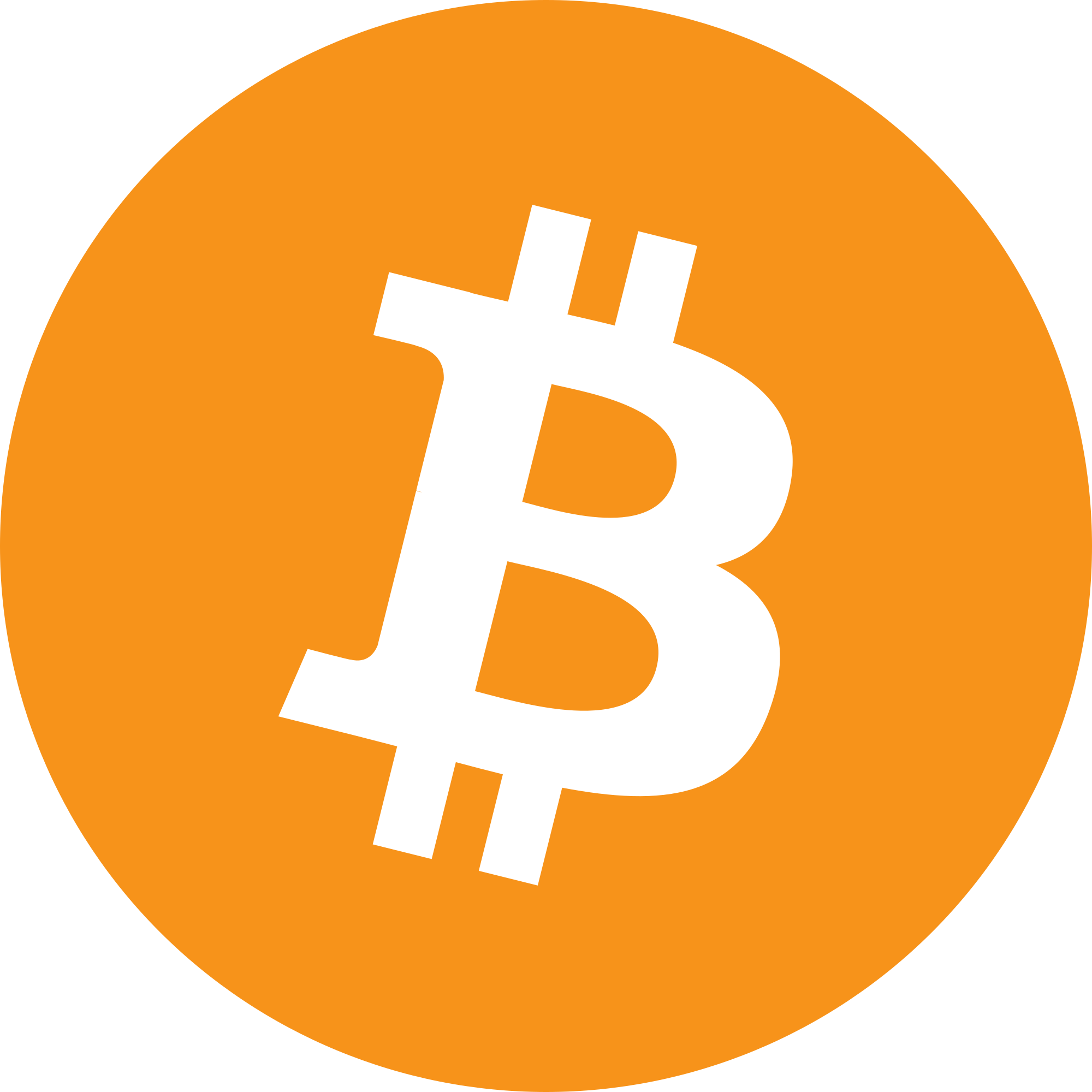USDT, or Tether, is a cryptocurrency that is designed to maintain a stable value by being pegged to the US dollar. This makes it a popular choice for traders who want to avoid the volatility that is commonly associated with other cryptocurrencies. However, there has been some controversy surrounding USDT in recent years, with some people questioning whether or not it is fully backed by US dollars. In this article, we will explore the issue of whether or not USDT is fully backed, and what this means for its users.
Tether claims that each USDT token is backed by one US dollar that is held in reserve. However, there has been some speculation that Tether does not actually have enough US dollars to fully back all of the USDT tokens in circulation. Critics argue that Tether has not provided enough transparency about its reserves, and that it may be using unbacked USDT tokens to manipulate the cryptocurrency market.
Tether has repeatedly denied these allegations, and has provided regular attestation reports from independent accounting firms to prove that it has enough reserves to back all of the USDT tokens in circulation. However, some people remain skeptical, and there have been calls for Tether to provide more detailed information about its reserves.
Despite the controversy surrounding USDT, it remains a popular choice for traders who want to avoid the volatility of other cryptocurrencies. This is because USDT is designed to maintain a stable value, which means that it can be used as a store of value or a means of exchange without the risk of losing value due to fluctuations in the cryptocurrency market.
However, the uncertainty surrounding USDT’s reserves means that it may not be a suitable choice for everyone. Traders who are concerned about the possibility of USDT not being fully backed may prefer to use other stablecoins that are known to be fully backed, such as USD Coin or TrueUSD.
In conclusion, while Tether claims that each USDT token is fully backed by one US dollar, there has been some controversy surrounding its reserves. Critics argue that Tether has not provided enough transparency about its reserves, while Tether has repeatedly denied these allegations and provided regular attestation reports. Ultimately, the decision of whether or not to use USDT is up to each individual trader, and will depend on their own risk tolerance and preferences.


